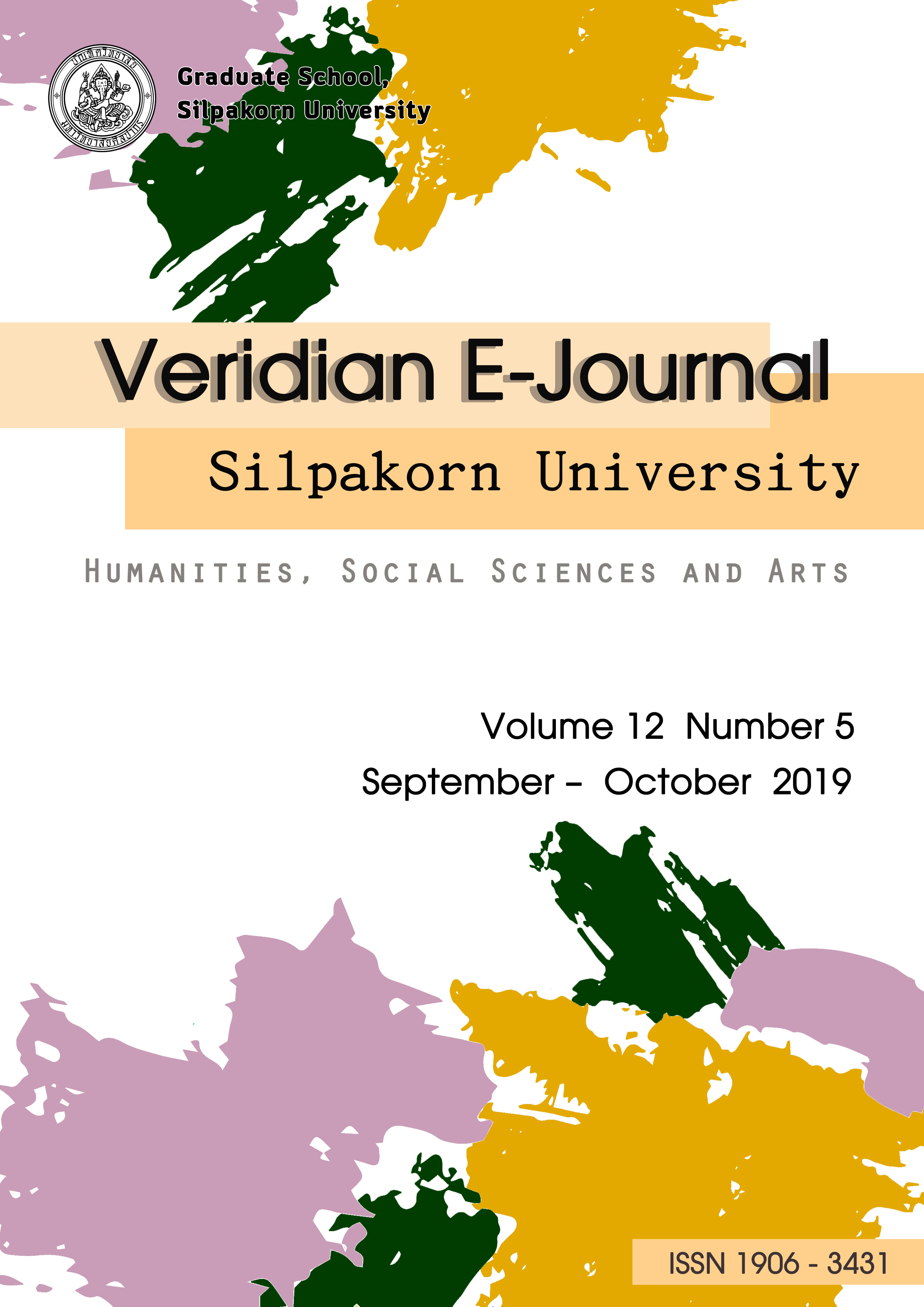ปัจจัยที่มีผลต่อความตั้งใจใช้งานพิสูจน์ตัวตนทางชีวมิติบนโมบายแอปพลิเคชัน (Factors affecting the intention to use biometrics authentication on mobile applications)
Main Article Content
Abstract
เทคโนโลยีพิสูจน์ตัวตนทางชีวมิติถูกนำมาช่วยรักษาข้อมูลของผู้ใช้ให้มีความปลอดภัยมากขึ้น ด้วยเหตุผลด้านความชัดเจนในการระบุเอกลักษณ์ของผู้ใช้และการยืนยันตัวตนเพื่อรักษาความปลอดภัยของข้อมูลผู้ใช้บนอุปกรณ์สื่อสาร ดังนั้น บทความวิจัยนี้จึงมีวัตถุประสงค์เพื่อศึกษาปัจจัยที่มีผลต่อความตั้งใจใช้งานพิสูจน์ตัวตนทางชีวมิติบนโมบายแอปพลิเคชัน โดยการทบทวนวรรณกรรมจากแหล่งต่างๆ อาทิ ตำรา บทความวิจัย บทความวิชาการ ผลการศึกษาพบว่า ปัจจัยที่มีผลต่อความตั้งใจใช้งานพิสูจน์ตัวตนทางชีวมิติบนโมบายแอปพลิเคชัน ประกอบด้วย การยอมรับของผู้ใช้งาน การจัดการข้อเรียกร้องของผู้ใช้งาน ทัศนคติที่มีต่อการใช้งาน ความพึงพอใจของผู้ใช้งาน และความจงรักภักดีของผู้ใช้งาน โดยปัจจัยทั้งหมดสามารถเชื่อมโยงความสัมพันธ์ทางตรงและทางอ้อมต่อความตั้งใจใช้งานพิสูจน์ตัวตนทางชีวมิติบนโมบายแอปพลิเคชัน ซึ่งเป็นประโยชน์ต่อการวางแผนและส่งเสริมการใช้เทคโนโลยีพิสูจน์ตัวตนทางชีวมิติเพื่อรักษาความปลอดภัยของข้อมูลบนโมบายแอปพลิเคชันได้อย่างมีประสิทธิภาพ
Biometrical authentication technology is used to help preserve user data to be more secure. For reasons of clarity in identifying user identity and identity verification in order to secure user data on communication devices. Therefore, this research article aims to study the factors affecting the intention to use biometric authentication on mobile applications. By reviewing literature from various sources such as texts, articles, research, academic articles. The study indicated that factors affecting the intention to use biometric authentication on mobile applications, including user acceptance, user feedback management, attitude towards use, user satisfaction and user loyalty all factors can be linked directly and indirectly to the intention to use biometric authentication on mobile applications. Which is useful for planning and encouraging the use of biometric authentication technology to effectively secure data on mobile applications
